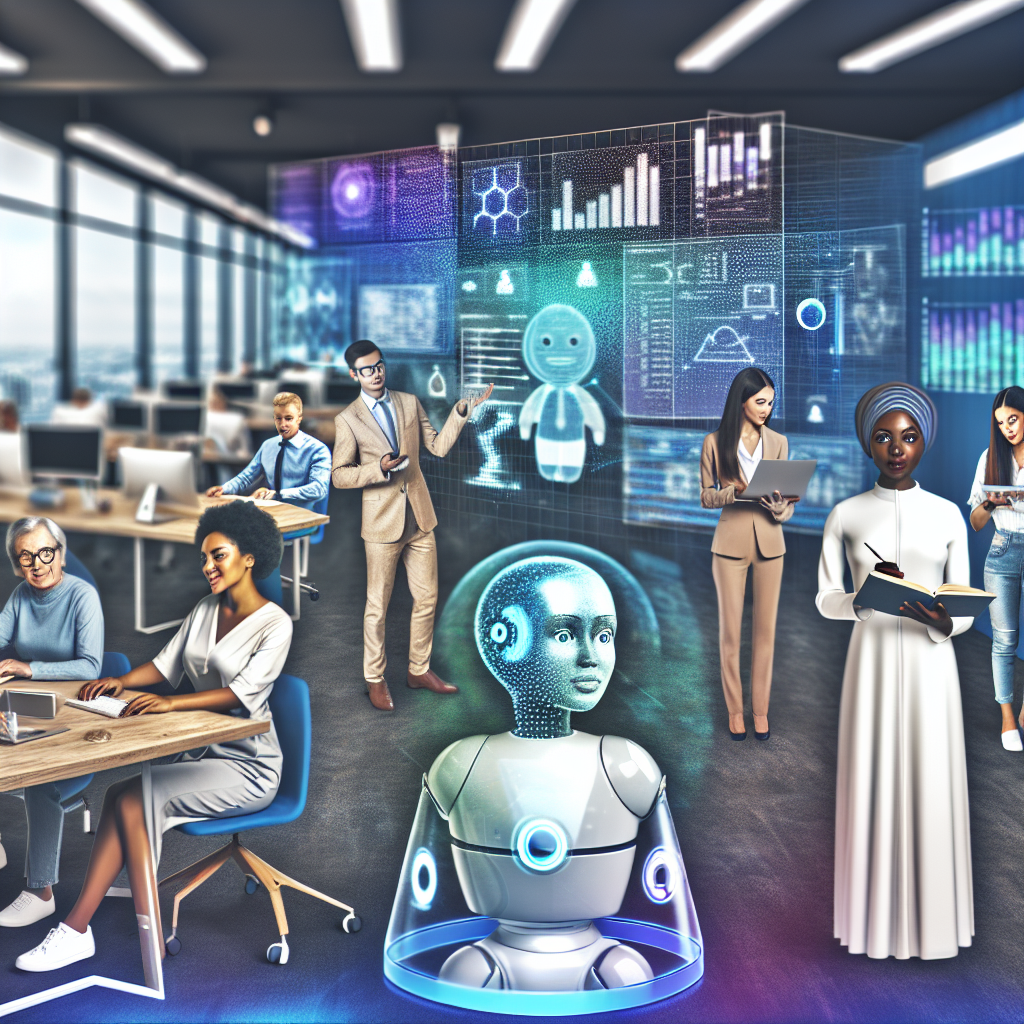Empowering Your Workforce: Learning and Development's Crucial Role in AI Adoption

"As the rapid adoption of AI continues, demand is also growing for a skilled workforce able to build, implement and make use of AI technology."
Bridging The Skills Gap: Learning And Development's Role In AI Strategy
Understanding the Critical Role of Learning and Development in AI Strategy
As AI technology continues to revolutionize industries, preparing a workforce capable of leveraging these advancements has never been more critical. The rapid adoption of AI demands a skilled workforce for successful implementation, as evidenced by numerous industry reports highlighting this urgent need.
Addressing the AI Skills Gap
Statistics reveal an undeniable trend: 86% of CEOs believe AI will sustain or grow company revenue, while 67% of organizations plan to increase their AI investments. Notably, job postings mentioning AI grew by an astounding 111% in 2023. This surging demand underscores the gap between the need for AI skills and their availability, making internal training a strategic imperative.
Strategies for Effective AI Training Programs
To bridge this gap, companies must focus on developing robust training programs. Conducting needs assessments, offering diverse training formats, establishing clear training paths, and maintaining flexibility are crucial steps. Companies should also promote these programs internally, link them to career development, and continuously improve through feedback mechanisms.
Leadership and Continuous Learning
Leadership support is vital for the success of such programs. Leaders must not only champion continuous learning but also track and measure the impact of training on performance, retention rates, and productivity. A proactive stance on upskilling can make the difference between companies thriving with AI adoption or lagging behind.
An Analytical Evaluation
While the focus on internal training presents a scalable solution, it may not entirely address immediate needs. A hybrid strategy, combining internal training with partnerships and external recruitment, could offer a more agile solution. Additionally, detailing specific actions leaders can take to nurture an AI-ready culture would enhance the recommendations further.
In conclusion, investing in learning and development is not just beneficial; it is essential for companies aiming to remain competitive in an AI-driven landscape. Through thoughtful, comprehensive training programs, organizations empower their workforce and secure a path to sustained success.
